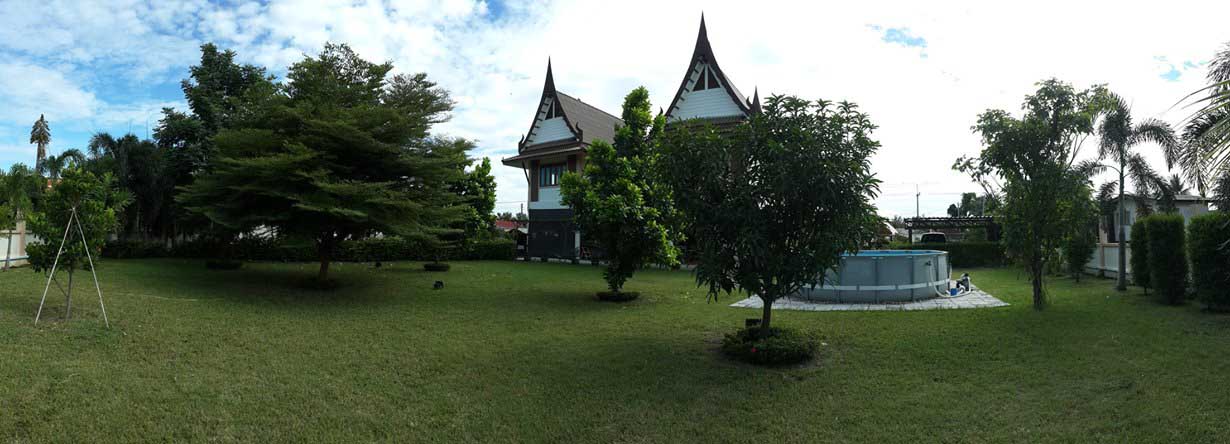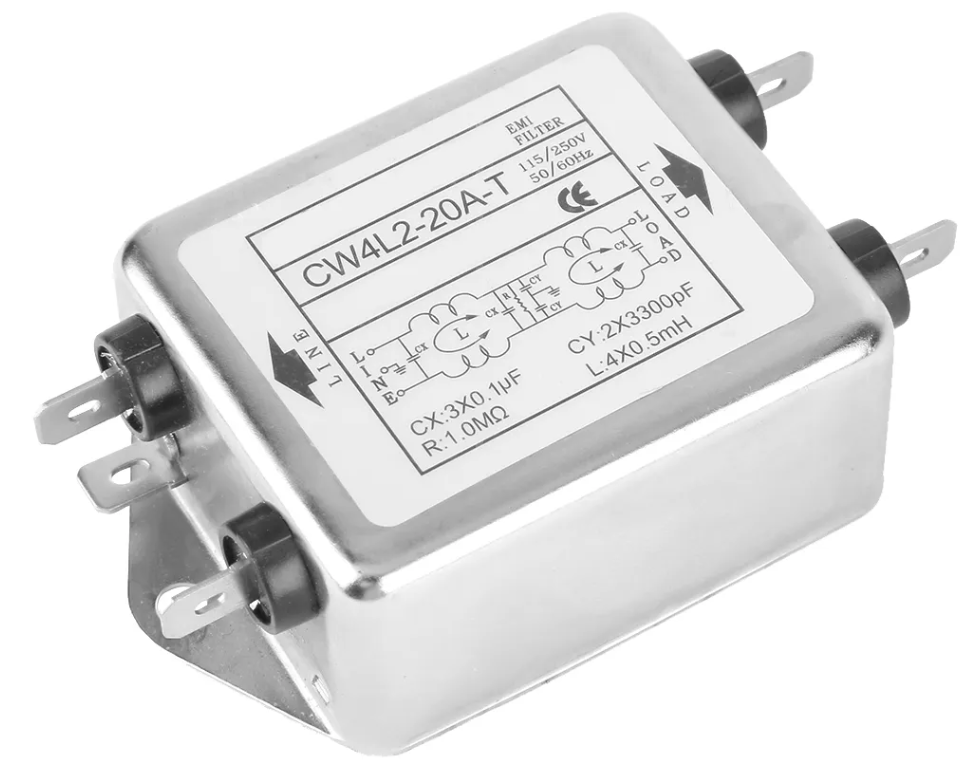-
Posts
46,391 -
Joined
-
Last visited
-
Days Won
2
Content Type
Events
Forums
Downloads
Quizzes
Gallery
Blogs
Everything posted by Crossy
-

Solar cooling fan for dog house - Would this work?
Crossy replied to Daffy D's topic in The Electrical Forum
I think the panel is too small, fan is 6W you need at least 10-15W of panel with some form of voltage regulator so you don't over-volt the fan. I'd add a small 12V lead-acid battery too and keep the fan running at night. -
With the latest Aussie "road-rage" report we Brits will soon be out of the Top-Ten Most Hated Tourists list!
- 103 replies
-
- 24
-

-

-

-
If only he'd controlled his temper, he would still be flying under the radar and all would be right with his world!
- 103 replies
-
- 32
-

-

-

-
Long, long ago we were working on Chek-lap-kok airport (Hong Kong's "new" airport - did I say it was a while back). Just before opening there was a large stack of luggage which had been used for testing of the baggage handling system with a large sign "FREE - take what you like". The state of some of the bags that were still there after a day was something to see, hard-case stuff (including Samsonite) totally destroyed. I've always travelled with mid-range soft luggage, the baggage mangling system will kill anything. And let's not talk about the bag I saw that had "fallen off" a baggage train and been run over several times (this was after opening when we were heading to K.L.), hopefully it just contained some poor unfortunate's dirty underwear. Best take away from that job was on opening night. We'd just got back to the hotel at "unholy AM", just dozing off when the room phone rang. An extremely bleary-eyed me answered and heard a very excited 15-year-old daughter exclaiming "Dad, we've just seen you on News-at-Ten"!!
-

AI-driven project launched to tackle Bangkok’s traffic congestion
Crossy replied to webfact's topic in Bangkok News
Yeah, remember what happened to "HAL-9000" in 2001 a Space Odyssey! "Daisy, Daisy give me you answer do ..." -
Coming "soon", Pink Line spur set to be operational mid-late 2025.
-

Help! Flickering for 2 years, running out of ideas!
Crossy replied to Sambora's topic in The Electrical Forum
-

Help! Flickering for 2 years, running out of ideas!
Crossy replied to Sambora's topic in The Electrical Forum
PUBLIC NOTICE! Once again, I find myself hiding posts from the usual suspects** which are argumentative / bickering and throw insults around. ** they know who they are. This kind of post WILL cease forthwith. This forum is intended as a help forum not an "I'm smarter than you" forum.- 20 replies
-
- 10
-

-

-

-

-

Tourists capturing marine life for social media face legal action
Crossy replied to webfact's topic in Krabi News
"Take only photographs, leave only bubbles!". Evidently watching too many old Jacques Cousteau documentaries (I really loved those as a kid) made at a time when it was seen as ok to mess with the ocean life. Times have changed. Incidentally it was Jacques Cousteau who, along with Émile Gagnan, invented the aqualung (forerunner of modern scuba gear) during WWII. -

Electric cars ain't all they are cracked up to be.
Crossy replied to Muhendis's topic in Alternative/Renewable Energy Forum
Holding the Start-Stop button "should" behave like the power switch on your PC, a hard power-off (at least that's what our Mu-X is supposed to do). -
-
-

Help! Flickering for 2 years, running out of ideas!
Crossy replied to Sambora's topic in The Electrical Forum
Check all your connections, including at the meter as above. Check that your supply polarity is correct (L really is L). Check the supply voltage with a proper multimeter (MEA should be 230V, PEA 220V). Check that you have a N-E (MEN) link if your supply is TNC-S. If that's all OK you could try adding a mains noise (EMI) filter to the input to the lighting controller, something like this: - https://www.lazada.co.th//products/i2055106688-s6703392236.html These are really intended to stop noise getting out of switching power supplies, but work equally well stopping noise going in to sensitive circuits. -
OK Take note people. <Moderator hat on> This thread has the potential to get venomous, one (mildly) insulting post has been removed. Let's make it the last one, shall we? </Moderator hat on>
-
If you look up the radiated rat snake, they actually have a different pattern front to back.
-
Thing is, 99% of snakes (even cobras) just want to go about their business and if given a way out will take it. They can't eat you and really don't want to waste expensive venom biting you.
- 94 replies
-
- 15
-

-

-

-

-
@dick turpin by the way, it's also a protected species in Thailand, so it's illegal to kill them.
- 94 replies
-
- 20
-

-

-

-

-

-
I'm no expert, but I think he was a Radiated Rat Snake (Coelognathus radiatus) [Thai: งูทางมะพร้าว, ngu taang mapao], completely harmless rodent vacuum. It's always wise to treat any snake as venomous and potentially deadly. But unless he was presenting an immediate danger to you or yours one has to ask, why kill it?
- 94 replies
-
- 31
-

-

-

-

-

-

Trang locals vexed by PEA’s abrupt power cuts over minimal dues
Crossy replied to webfact's topic in Southern Thailand News
Guys, it's a "meter", "metre" is a unit of length. Echoes here of the "parking nazis" in the UK (again private contractors) who go after little old ladies who overstay their parking ticket by a few moments. -

British man quits England for Thailand’s tropical tranquility
Crossy replied to webfact's topic in ASEAN NOW Community Pub
Yeah, I think that came out in later posts. The market for Thailand vlogs must be approaching saturation by now (I've never watched even one). Unless he has an unusual angle, he's going to join the also-rans! -
OK people, let's try to play nicely shall we. @Pouatchee measure your power supply voltage with nothing connected. Then connect it to your electrolysis cell (put the batteries in the bin) and measure again. If the voltage has collapsed to zero then the current being drawn is too great and the power supply is protecting itself. Time for a bigger supply or a more dilute solution in the jar. Doesn't colloidal silver make your skin turn blue? Auditioning for a bit part in the next Avatar movie perhaps?





